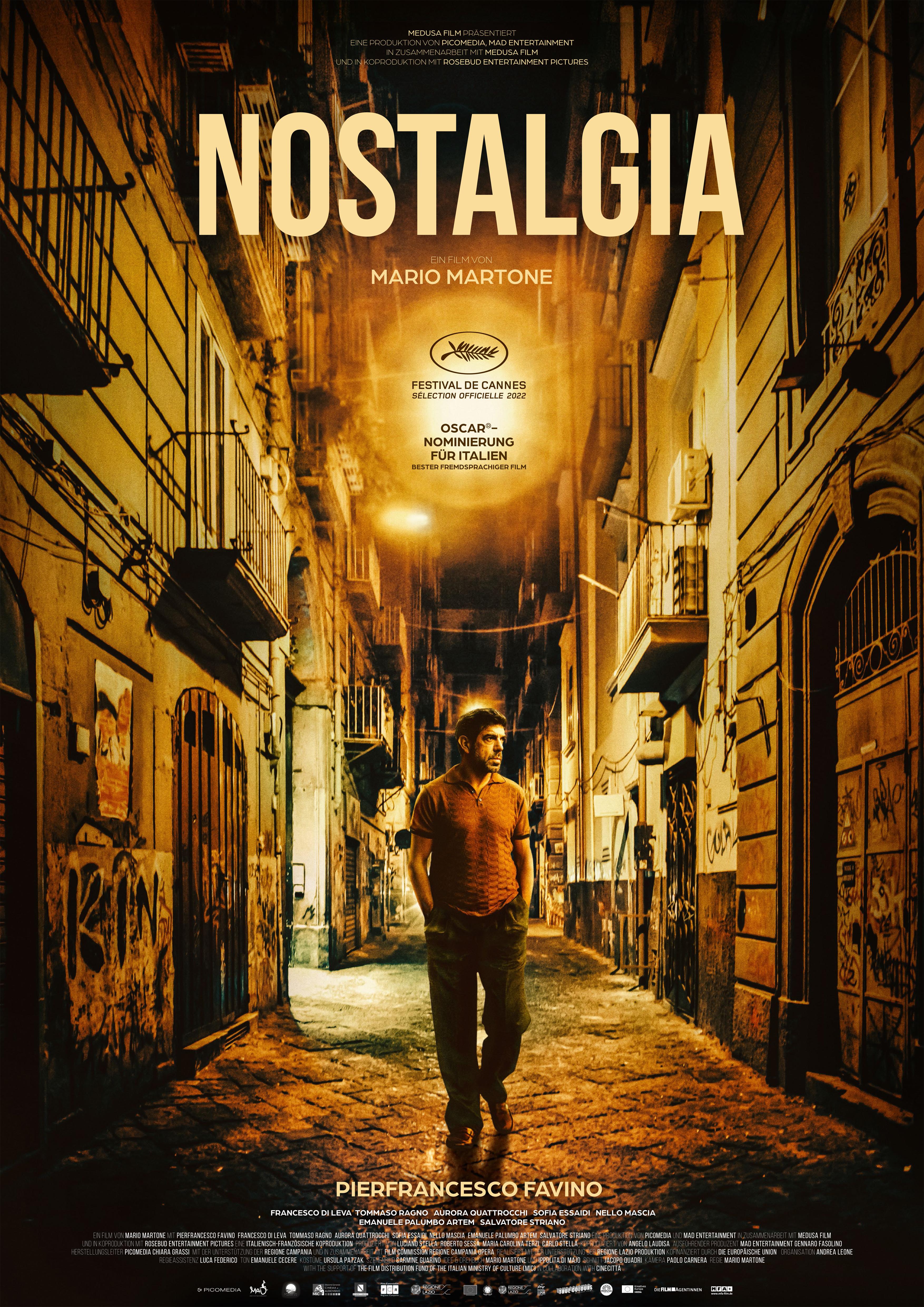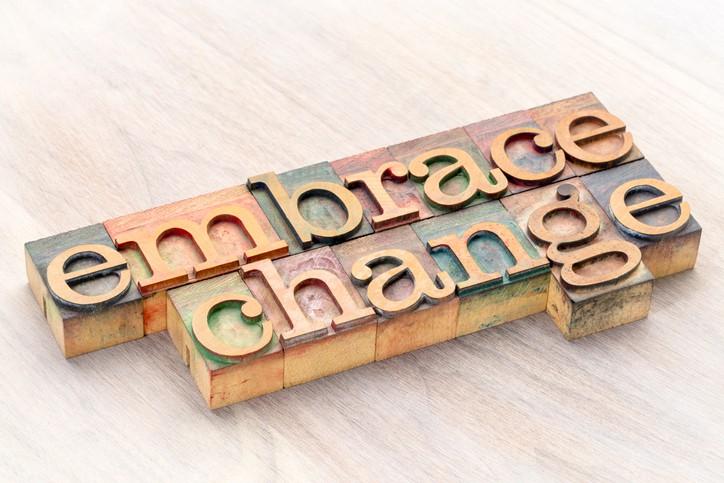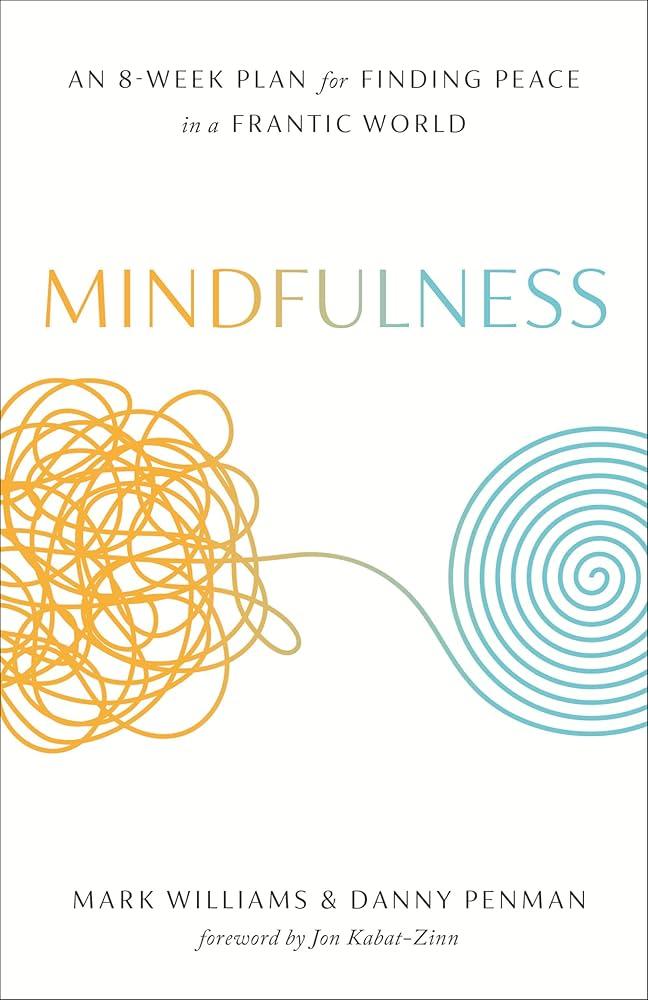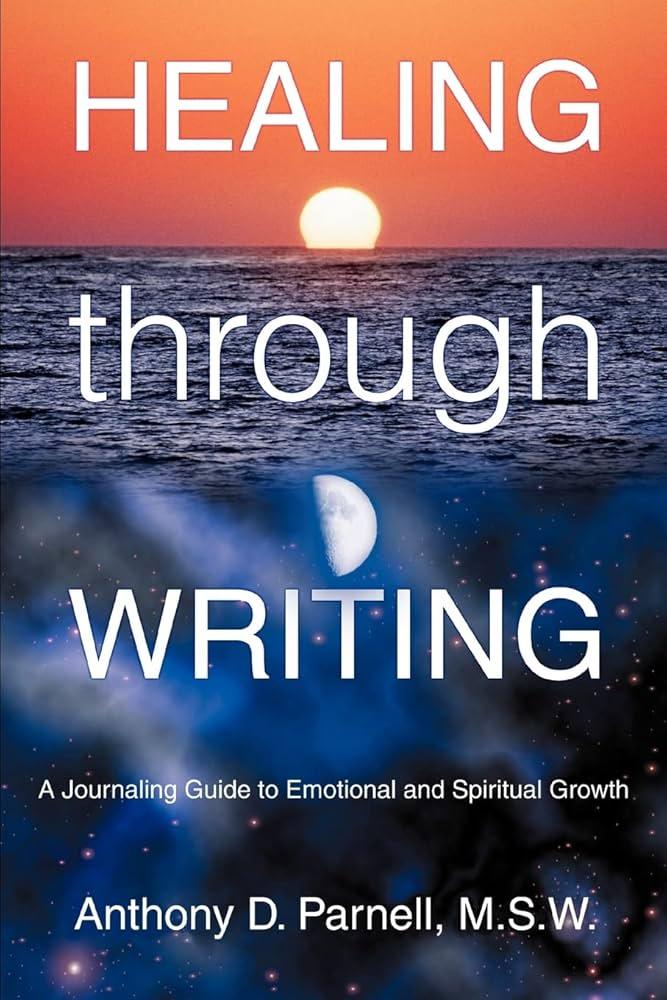In the quiet hours of dusk, when day succumbs to the whispers of night, the world is bathed in a gentle, haunting light. It is a time of transition, a threshold between the warmth of memories and the mystery of the unknown. For many of us, this fleeting moment stirs a sense of nostalgia, a bittersweet reminder of what has been lost, and the uncharted paths that lie ahead. It is within this poignant context that Duskfade emerges, a poignant exploration of the human experience, navigating the intricate dance between nostalgia, loss, and the unwavering resolve to move forward. Join us on this emotional journey, as we delve into the depths of Duskfade, and discover the resilience that lies within the fading light of day.
Unraveling the Concept of Duskfade
Imagine a moment where the sky is painted with hues of orange, pink, and purple – a kaleidoscope of colors that evoke a deep sense of melancholy and nostalgia. This fleeting instant is what we refer to as Duskfade – a threshold between day and night, a bridge that connects the warmth of the sun to the mystery of the stars. It’s a moment of introspection and contemplation, a time to reflect on the passing of time and the memories that we’ve accumulated along the way.
As we stand at the precipice of twilight, we’re met with a mix of emotions – the ache of loss and the promise of new beginnings. It’s a poignant reminder that life is a constant flux of beginnings and endings, of light and darkness, and that the only constant is change. As we navigate this liminal space, we’re forced to confront our own mortality and the impermanence of things. Yet, it’s in this very darkness that we find the seeds of hope and renewal.
Common Associations with Duskfade:
- Twilight hours, typically between 6pm and 8pm
- The vibrant colors of the sky during sunset
- A sense of nostalgia and melancholy
- The threshold between day and night
The Experience of Duskfade: An Emotional Landscape
| Emotion | Description |
|---|---|
| Melancholy | A bittersweet nostalgia for what’s past, yet a longing for what’s to come. |
| Serenity | A sense of calm and tranquility, as the world slows down and the stars begin to twinkle. |
| Hope | A glimmer of light in the darkness, a promise of new beginnings and possibilities. |

Nostalgia as a Double Edged Sword
Nostalgia can be a comforting companion on life’s journey, offering a sense of warmth and familiarity in times of uncertainty. It reminds us of our past, our childhood, and the memories we’ve created with loved ones. However, this comfort comes with a price. As we revel in the past, we may find ourselves Comparing Our Lives to Others or holding onto memories that no longer serve us.
Consider the following table to better understand the nostalgia paradox:
| Benefits of Nostalgia | Pitfalls of Nostalgia |
| Fosters a sense of belonging and connection | Prevents us from embracing change and growth |
| Provides comfort during difficult times | Leads to an exaggerated sense of loss and longing |
| Reminds us of our values and traditions | Causes us to dwell on past regrets and disappointments |
As we navigate the bittersweet world of nostalgia, it’s essential to acknowledge both its benefits and drawbacks. This complex mix of emotions can be overwhelming, but by understanding its power, we can learn to harness it, letting go of the past while still honoring our memories.

Coping with Loss Through Journaling and Reflection
As we navigate the labyrinth of memories, loss can be a daunting and overwhelming experience. The silence of an empty space, the stillness of a voice, or the fading of a smile can evoke feelings of emptiness and despair. In the midst of this pain, finding solace in creative expression can be a therapeutic and redeeming experience. Writing, in particular, has long been a trusted companion for those seeking to process and reconcile their emotions.
Through the simple act of recording thoughts, emotions, and memories, journaling provides a private sanctuary where individuals can confront their feelings without fear of judgment or scrutiny. By allowing oneself to express the intricacies of their emotions, the complexities of their experiences, and the memories that linger, one can begin to unravel the tangled threads of grief and find a pathway towards healing.
- Exploring Memories: Record memories associated with your loss, no matter how small or seemingly insignificant. Revisiting these moments can help you understand the depth of your emotions and the reasons behind your pain.
- Identifying Patterns: Recognize patterns in your thoughts and emotions, such as recurring themes, emotions, or triggers. This self-awareness can help you address underlying issues and gain a better understanding of your emotional landscape.
- Reframing Perspectives**: Challenge negative thoughts and reframe them in a more positive or realistic light. This subtle shift in perspective can help you navigate difficult emotions and find ways to grow from your experiences.
| Emotional Stage | Reflection Prompt |
|---|---|
| Shock and Denial | What were the initial thoughts and emotions that emerged when you first experienced the loss? |
| Sadness and Anger | What specific emotions are you feeling in this moment, and how are they impacting your daily life? |
| What lessons have you learned from this experience, and how have they shaped your perspective on life? |

Finding Solace in Music and Art
As dusk falls, the world is bathed in a warm, golden light, and the pain of the day seems to slowly unravel. In these moments, music and art become more than just a source of entertainment – they become a refuge, a sanctuary where emotions can be processed and understood. For those who are struggling to come to terms with loss, the beauty of a sunset, the melancholy of a piano sonata, or the vibrant colors of a painting can be a powerful reminder that even in darkness, there is still beauty to be found.
It’s in these moments of introspection that we can begin to heal, to find solace in the knowledge that we are not alone in our struggles. The works of artists like Vincent van Gogh, who battled mental illness and loss throughout his life, serve as a testament to the power of creativity in the face of adversity. His iconic painting, Starry Night, with its swirling clouds and stars, is a beautiful representation of the hope and peace that can be found in the darkness.
- Some other artists who have found solace in their work include:
- Frida Kahlo, whose self-portraits are a powerful representation of her own struggles with physical and emotional pain.
- Edvard Munch, whose famous painting The Scream is a haunting representation of the anxiety and fear that can come with loss.
| Colors of the Sunset | Emotions Evoked |
|---|---|
| Warm oranges and yellows | Hope, peace, and nostalgia |
| Deep purples and pinks | Longing, love, and melancholy |
Just as the colors of the sunset can evoke a range of emotions, so too can music and art. For those who are struggling to cope with loss, these mediums can provide a safe space to process and heal. Whether it’s through the creation of art or the appreciation of it, the power of music and art to bring people together and provide solace in times of need is undeniable.

The Beauty of Impermanence in Nature
As the sun sets, casting a warm orange glow across the landscape, the world is bathed in a soft, fading light. It’s a time of day that’s both serene and melancholic, a reminder that all things must come to an end. In nature, impermanence is a constant theme – the flowers that bloom in the spring wither and die in the fall, the trees that stand tall in the summer are skeletal in the winter, and the water that flows in the rivers is constantly changing.
This cycle of life, death, and rebirth is a powerful reminder to appreciate the beauty of the present moment. As we gaze out at the fleeting beauty of the world around us, we’re forced to confront the impermanence of our own lives and the lives of those we love. It’s a poignant reminder to cherish every moment, to hold dear the memories we make, and to find solace in the knowledge that even in loss, there is always the promise of new beginnings.
- The Cherry Blossom Effect: How the short-lived blooming of cherry blossoms can teach us to appreciate the fleeting nature of beauty and life.
- Impermanence in the Seasons: A look at how the changing seasons can serve as a reminder of the cyclical nature of life and death.
| Season | Associated Emotion | Metaphorical Lesson |
|---|---|---|
| Spring | Hope | New beginnings and the promise of growth. |
| Summer | Joy | The beauty of being present in the moment. |
| Autumn | Nostalgia | Letting go and appreciating the fleeting nature of life. |
| Winter | Renewal | The cyclical nature of life and the promise of new beginnings. |

Embracing Change as an Opportunity for Growth
As we meander through life’s labyrinthine path, the inevitability of change looms large, like a sentinel guarding the gates of transformation. While it’s natural to flinch at the prospect of the unknown, it’s precisely this willingness to shed the familiar skin of yesteryear that equips us with the resilience to reinvent ourselves anew. Embracing change demands a certain audacity, a willingness to surrender to the uncertainties that come with shedding comfortable habits and perspectives. When we open ourselves up to this renewal, we become more adaptable, more agile – better equipped to navigate life’s ceaseless flux.
Some key areas where embracing change can lead to remarkable growth include:
- Personal Relationships: Cultivating an open-minded approach to new connections can bring diverse perspectives into our lives, broadening our worldview and encouraging empathetic understanding.
- Professional Development: By embracing new technologies, trends, and innovations, we can stay ahead of the curve, future-proofing our skills and expanding our career prospects.
- Travel and Exploration**: Venturing into unfamiliar territories can awaken a sense of wonder, instill gratitude, and bring home valuable life lessons.
| Stepping Stones to Transformation | Key Takeaways |
|---|---|
| Let Go of Familiarity | Recognize the safety net of familiarity can hinder growth. Stepping out of comfort zones fosters courage and confidence. |
| Embrace the Unknown | Uncertainty is an innate part of growth. Surrender to the unknown, and it will unlock doors to new experiences. |

Lessons from Personal Stories of Overcoming Adversity
Resilience is a journey, not a destination. It’s the culmination of every moment, every decision, and every experience that shapes us into who we are today. When we’re faced with adversity, it’s easy to get lost in the darkness, to let the weight of our struggles consume us. But what if we told you that there’s another way? That, in the depths of our pain, lies a chance for transformation, for growth, and for renewal.
Consider the story of Sarah, who lost her mother at a young age, and Joe, who battled addiction for years. Their experiences are a testament to the human spirit’s capacity for resilience. They reminded us that:
- We are stronger than we think: Our bodies and minds are capable of withstanding more than we ever imagined.
- Support systems are crucial: Surrounding ourselves with people who care about us can make all the difference in our journey towards healing.
- Self-care is essential: Taking care of our physical, emotional, and mental health is vital to our well-being.
| Strategies for Resilience | |
| Reframe challenges as opportunities for growth | Focus on the present moment, letting go of worries about the past or future |
| Practice gratitude and positive thinking | Cultivate a support network of loved ones, friends, and peers |

Incorporating Mindfulness into Your Daily Routine
As we navigate life’s complexities, finding pockets of calm can be a daunting task. However, cultivating mindfulness can be the anchor that holds us grounded. Start by embracing the small moments – the first sip of coffee, the warmth of sunlight, or the soothing sound of rain. Take a few minutes each day to tune into your breath, focusing on the sensation of the air moving in and out of your body.
| Mindful Morning Routine | |
| Begin with a 5-minute meditation session | Set an intention for the day ahead |
| Take a short walk outside, focusing on your surroundings | Practice gratitude by writing down three things you’re thankful for |
Create a Daily Mindfulness Checklist to help you stay on track:
- Listen without interrupting or judging
- Savor each bite of food and drink
- Take breaks between tasks to stretch and breathe
- Connect with nature, even if it’s just gazing out the window

Healing Through Writing and Creative Expression
The process of healing through creative expression can be a delicate yet powerful tool for navigating life’s complexities. By channeling emotions into words, we can create a sense of detachment, allowing us to observe our feelings from a new perspective. As the words flow onto the page, they can transform into a source of solace, reminding us that we are not alone in our struggles. Through writing, we can:
- Process complex emotions, acknowledging the pain and allowing it to heal
- Find closure, gaining a deeper understanding of ourselves and the experiences that shape us
- Discover new perspectives, using the past as a foundation for moving forward
- Create meaning, weaving memories and emotions into a cohesive narrative
The journey of healing is not always linear, and it’s often marked by moments of nostalgia and longing. However, by embracing these emotions and exploring them through creative expression, we can transform them into a source of strength and resilience. As we reflect on the past, we can learn to appreciate the present and look toward the future with renewed hope and determination.
| From | To | Through |
|---|---|---|
| Darkness | Light | Navigating the complexities of the human experience |
| Pain | Healing | Embracing the power of creative expression |
| Nostalgia | Moving forward | Transforming memories into a source of strength |

Rediscovering Your Passion and Purpose
Letting go of what no longer serves us can be both sorrowful and liberating. The realization often comes to us unexpectedly, catching us in a moment of quiet contemplation. As we begin to unravel the threads of our lives, we are offered a rare glimpse into our innermost desires, values, and aspirations. It is in this profound vulnerability that we stumble upon a long-forgotten chapter in our personal narrative – a testament to our innate ability to transcend, to adapt, and to recreate ourselves anew.
Embracing this rediscovery process means tuning into the whispers of our hearts and minds. Ask yourself:
- What are the past experiences that shaped my perception of happiness and fulfillment?
- Which components of my current life spark joy and excitement?
- What are the lessons I’ve learned along the way, and how can I integrate them into my new path forward?
| Reflections and Realizations | Actionable Steps Forward |
|---|---|
| Identify past patterns and habits that hinder growth | Create space for new experiences and connections |
| Prioritize self-care and wellness | Engage in activities that nourish the mind, body, and soul |
In Summary
As the last wisps of dusk fade into the twilight, we are left with the memories of what has been, and the promise of what is yet to come. Like the gentle whispers of a bygone era, Duskfade’s melancholic melody lingers in our hearts, a poignant reminder of the bittersweet journey we’ve traveled. Though the passage of time may dim the light of nostalgia, it is in the darkness that we find the strength to move forward, to weave the threads of our past into the tapestry of our future. And so, as the shadows lengthen and the stars begin to twinkle, we close our eyes, and let the soft fade of dusk guide us toward the dawn of a new tomorrow.






